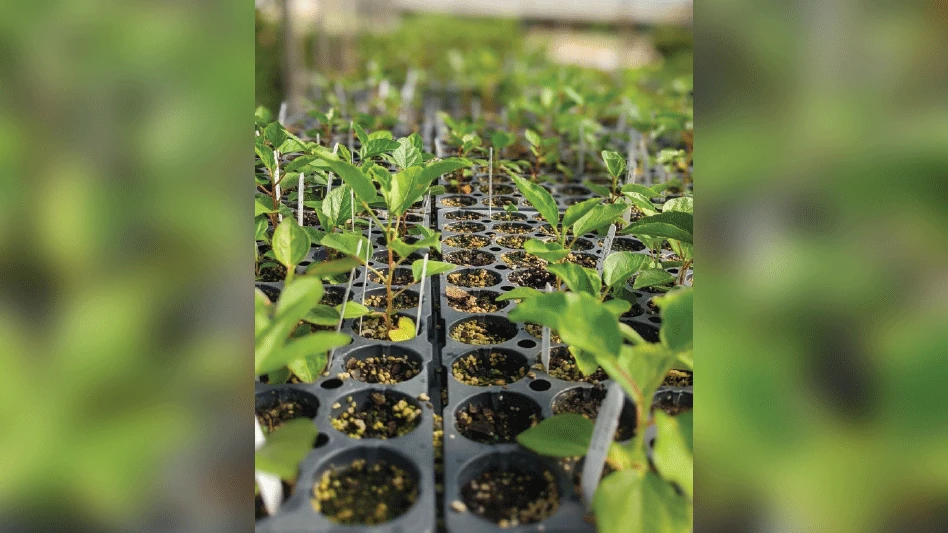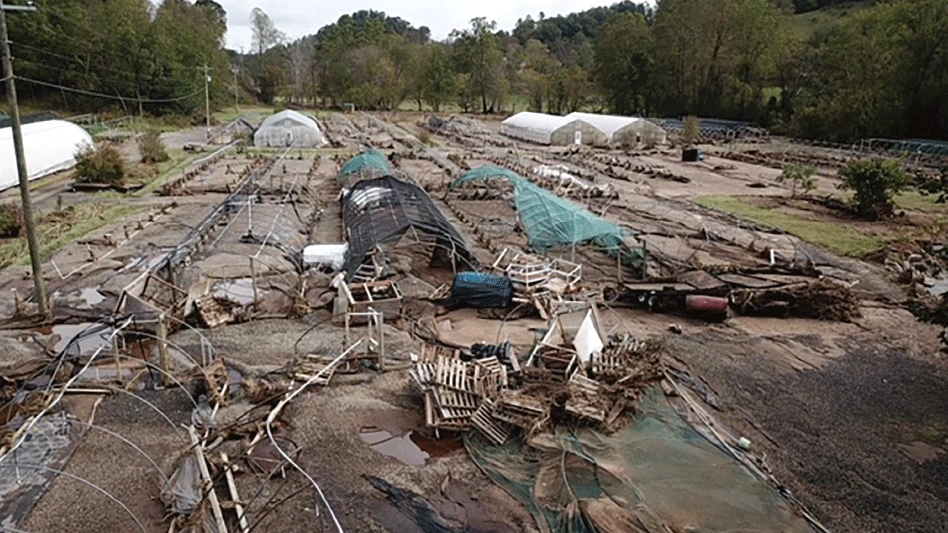I love a good detective story. I typically follow the ones that involve a more nefarious nature, like searching for killers. But recently on NPR, I heard about a retired FBI investigator from Washington whose new mission is finding apples once thought to be extinct.
David Benscoter was a criminal investigator for 24 years, including a long stint with the FBI. He now uses his sleuthing skills to fulfill the role of apple detective at the Lost Apple Project (facebook.com/lostappleproject), a nonprofit he founded to locate old apple varieties all over the Pacific Northwest.
NPR reported that Benscoter “scours seed catalogues, county fair records, newspaper clippings and nursery sales ledgers to search for lost apples.”
His investigative skills recently paid off when he found seven types thought extinct. According to the NPR story, he found the apples in old orchards in Oregon, Washington and Idaho. The latest apple discoveries include the Almota, Carlough, Eper, Iowa Flat, Ivanhoe, Kay and Steptoe.
When Benscoter and his team of volunteers finds an alleged lost apple, two apple trees are immediately grafted and planted at the Temperate Orchard Conservancy (temperateorchardcon servancy.org), according to a story in The Waitsburg Times. Scion wood and trees are eventually made available to the public. Imagine the marketing you could create with a product like this. That sounds like a lot of fun and something the public would gobble up (pun intended).
The article in The Waitsburg Times spelled out the history behind the most recent apple discoveries. Here’s one example:
“Almota was a seedling apple discovered by Charles Moys near Pullman, Washington. The tree was six to eight years old in 1894. USDA artist William Henry Prestele painted a watercolor of the apple in 1894 that incorrectly states Moys' surname as "Maye" and gives the apple the name "Maye Seedling." The painting also listed the name Almota as an alternative name. The apple is described as very large with pale yellowish skin, washed and striped with red. Charles Moys won first place for the best seedling apple at the annual Whitman County Fruit and Agriculture Fair in 1895. Georgie Leinweber, a great-great-granddaughter of Charles Moys, and her family still farm the homestead fields and land added to the farm during the past 125 years. The family still has the award her great-great-grandfather won in 1895.
The Almota apple tree was located southeast of Pullman on land farmed by the Roy Druffle family. The Almota was believed to have been sent by frontier nurseryman George Ruedy of Colfax, WA, to Illinois in the late 1800s along with several other apples that originated in the county. The Almota appeared in the experimental orchard of Benjamin Buckman of Farmdale, Illinois, in 1901.”
Read the Times’ account of all seven apples here: https://bit.ly/lost-apple-project.
Listen to the NPR story here: https://bit.ly/lost-apples.
Get curated news on YOUR industry.
Enter your email to receive our newsletters.
Explore the August 2021 Issue
Check out more from this issue and find your next story to read.
Latest from Nursery Management
- November issue recap
- Trump threatens 25% tariffs on Mexico and Canada in move that could hurt horticulture
- Hold the line!
- Meet the All-America Selections AAS winners for 2025
- Exacto announces David Hollinrake as CEO
- AmericanHort accepting applications for HortScholars program at Cultivate'25
- BioWorks hires Curt Granger as business development manager for specialty agriculture
- 2025 Farwest Show booth applications now open







